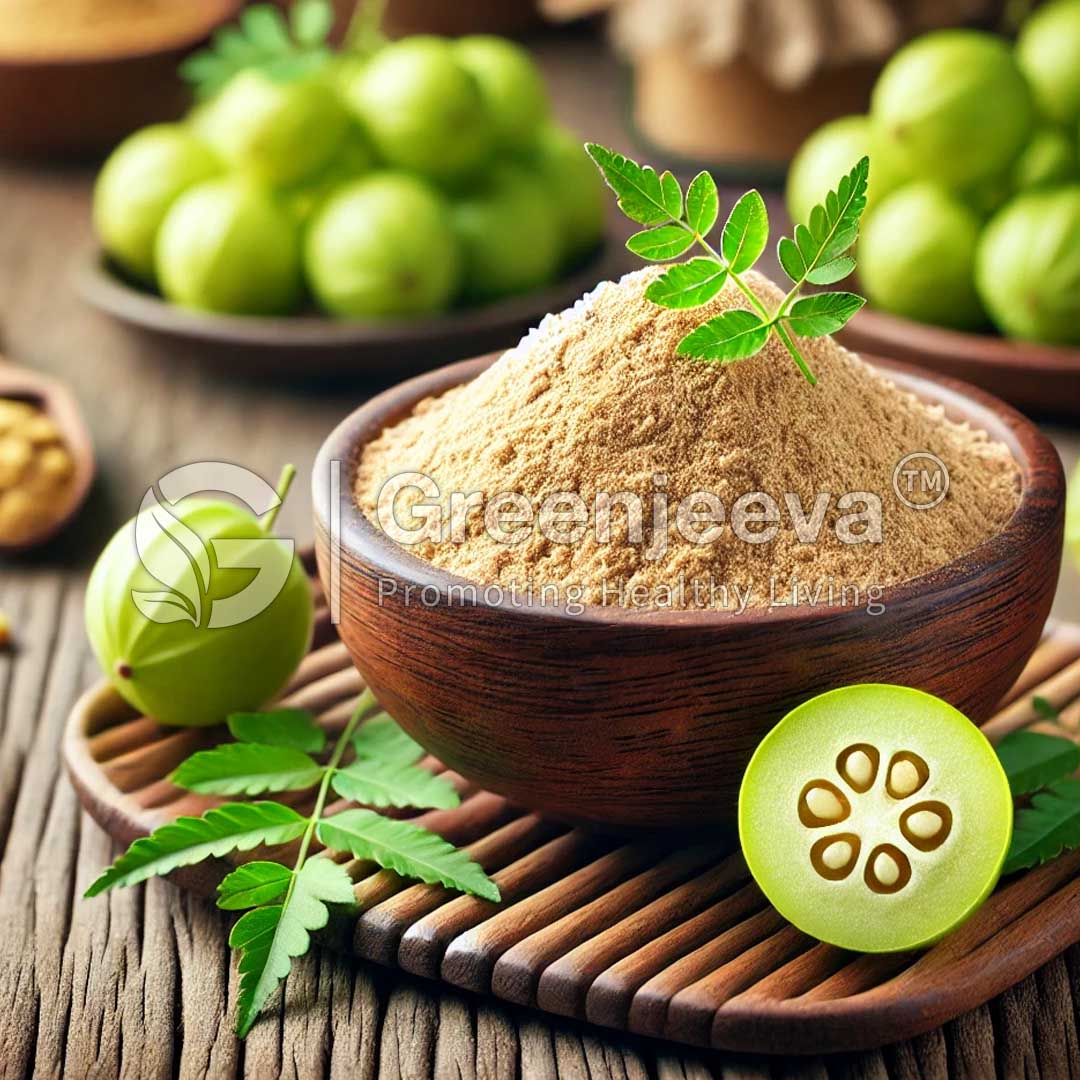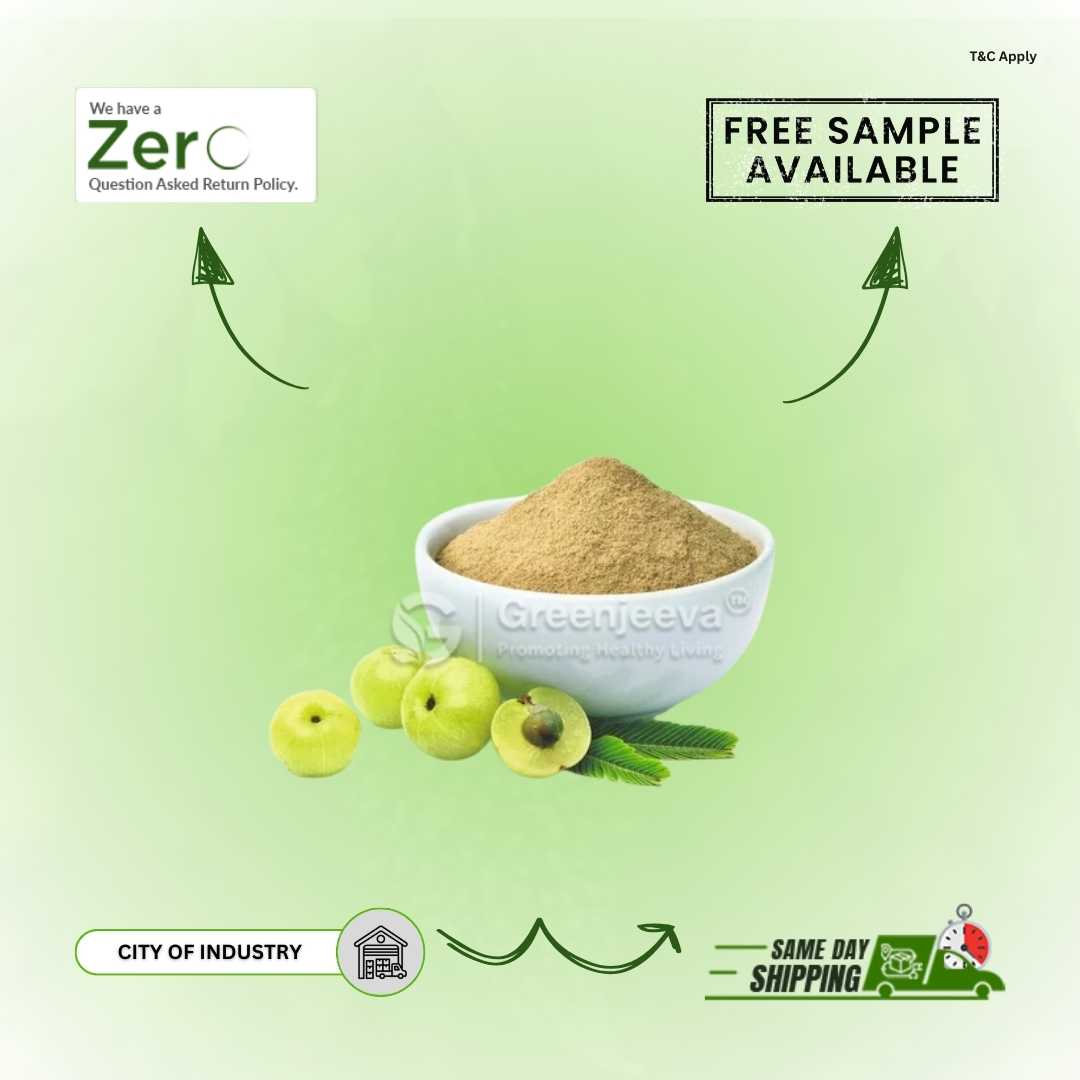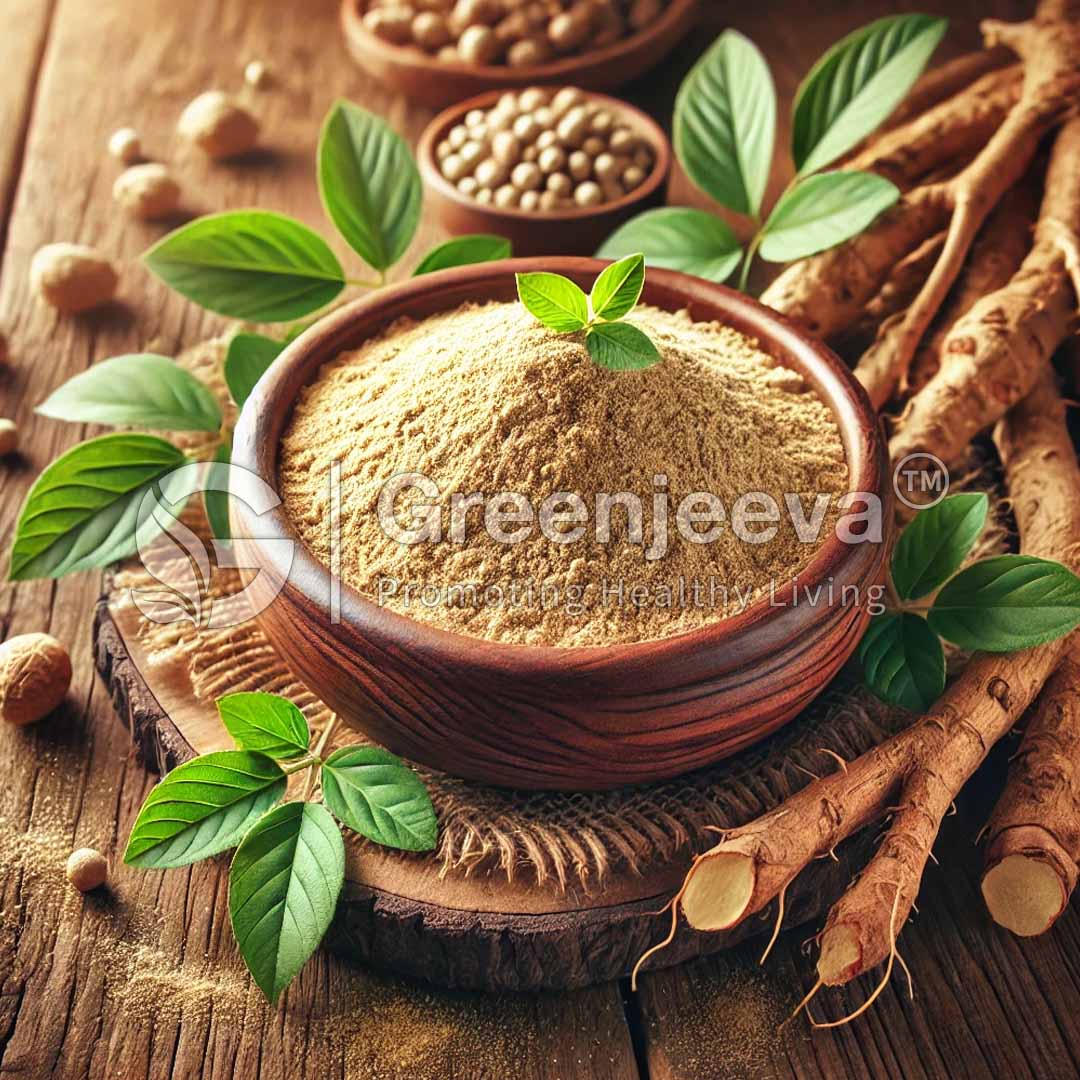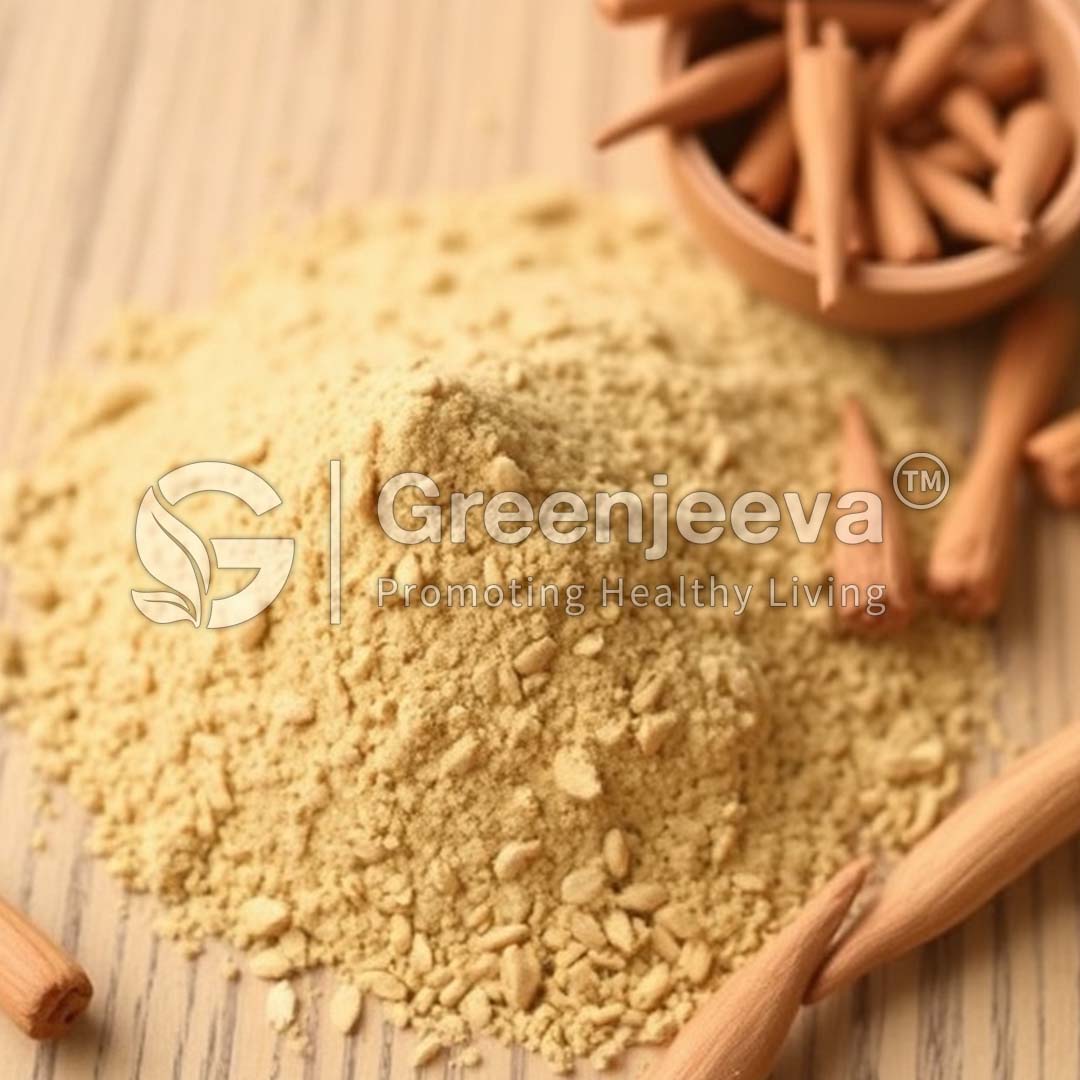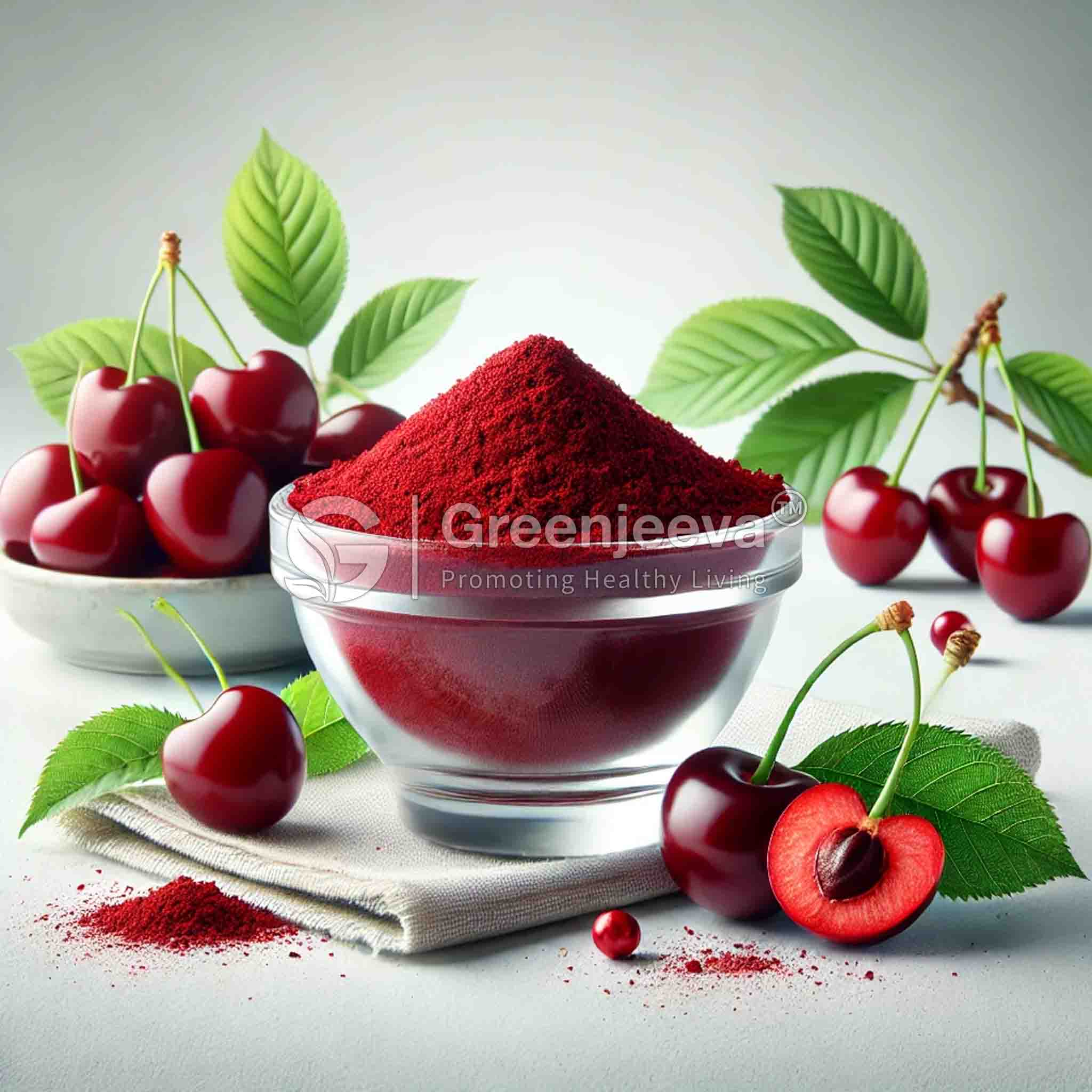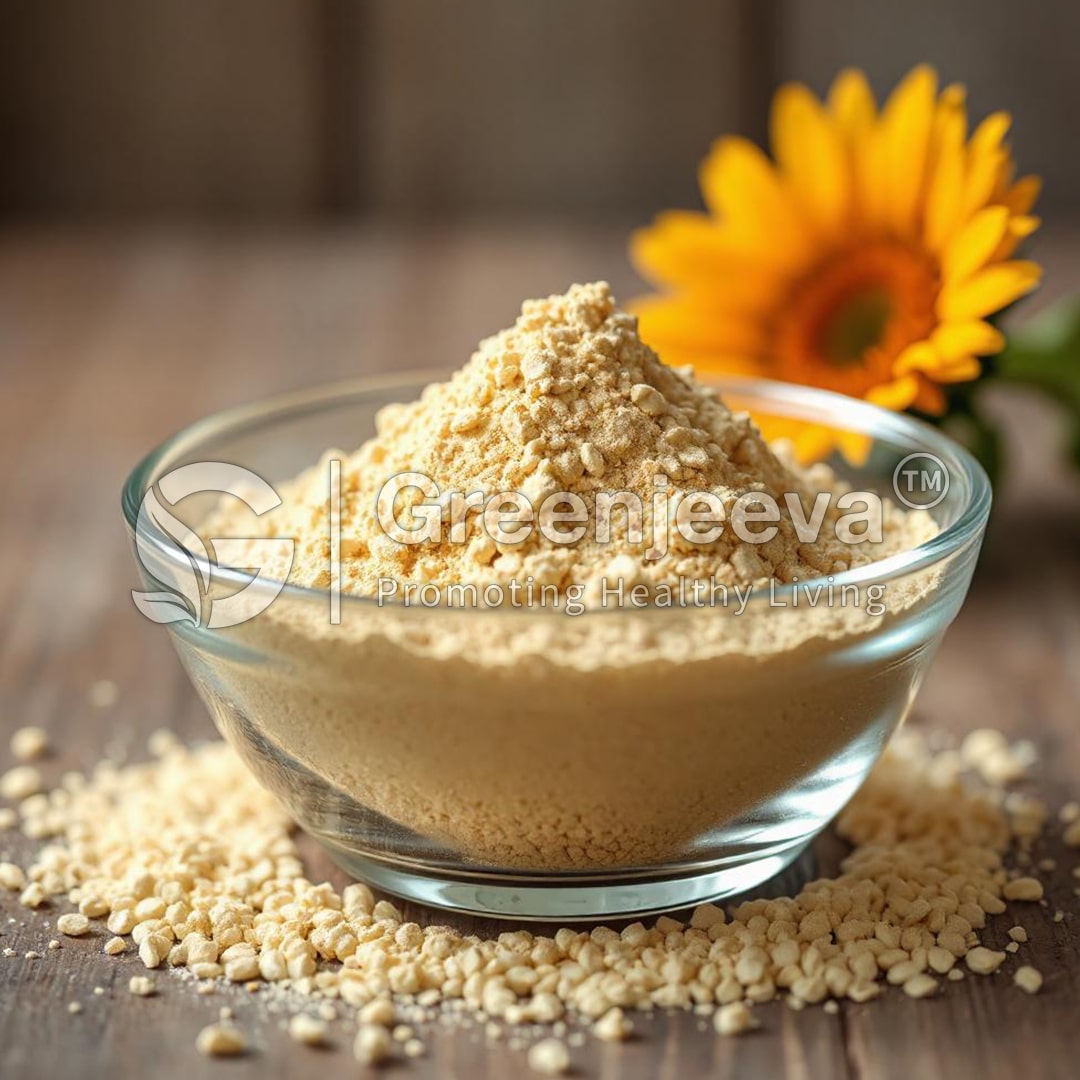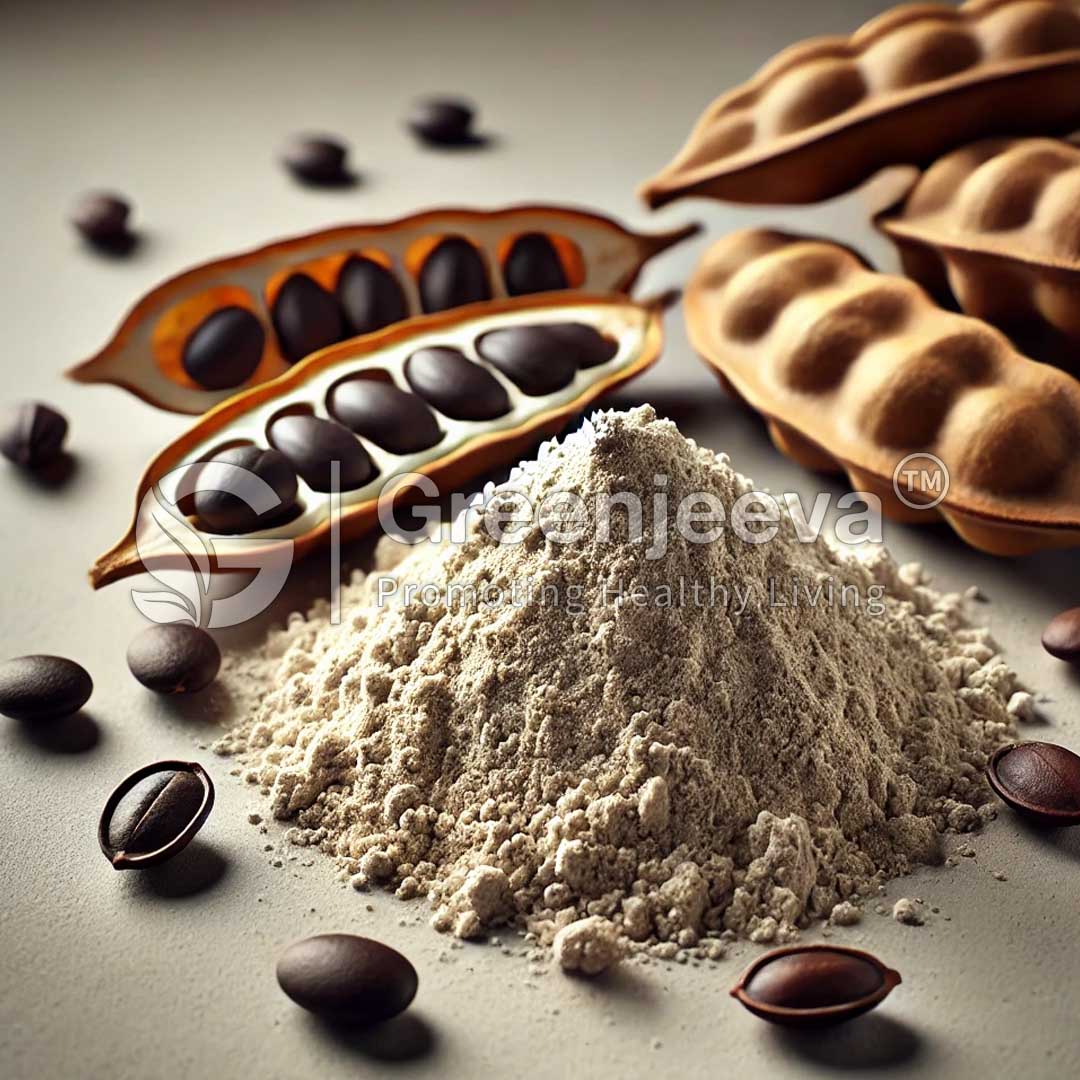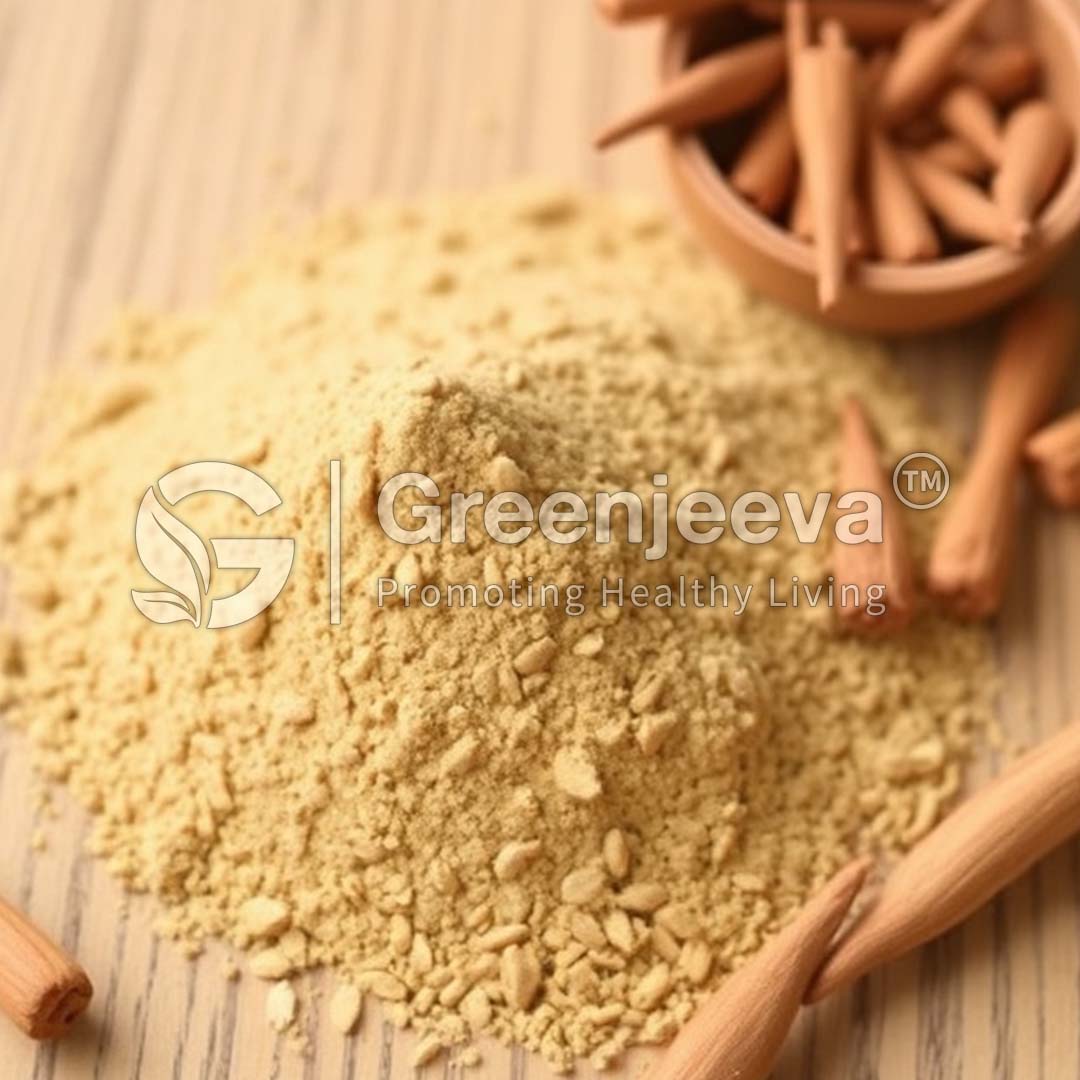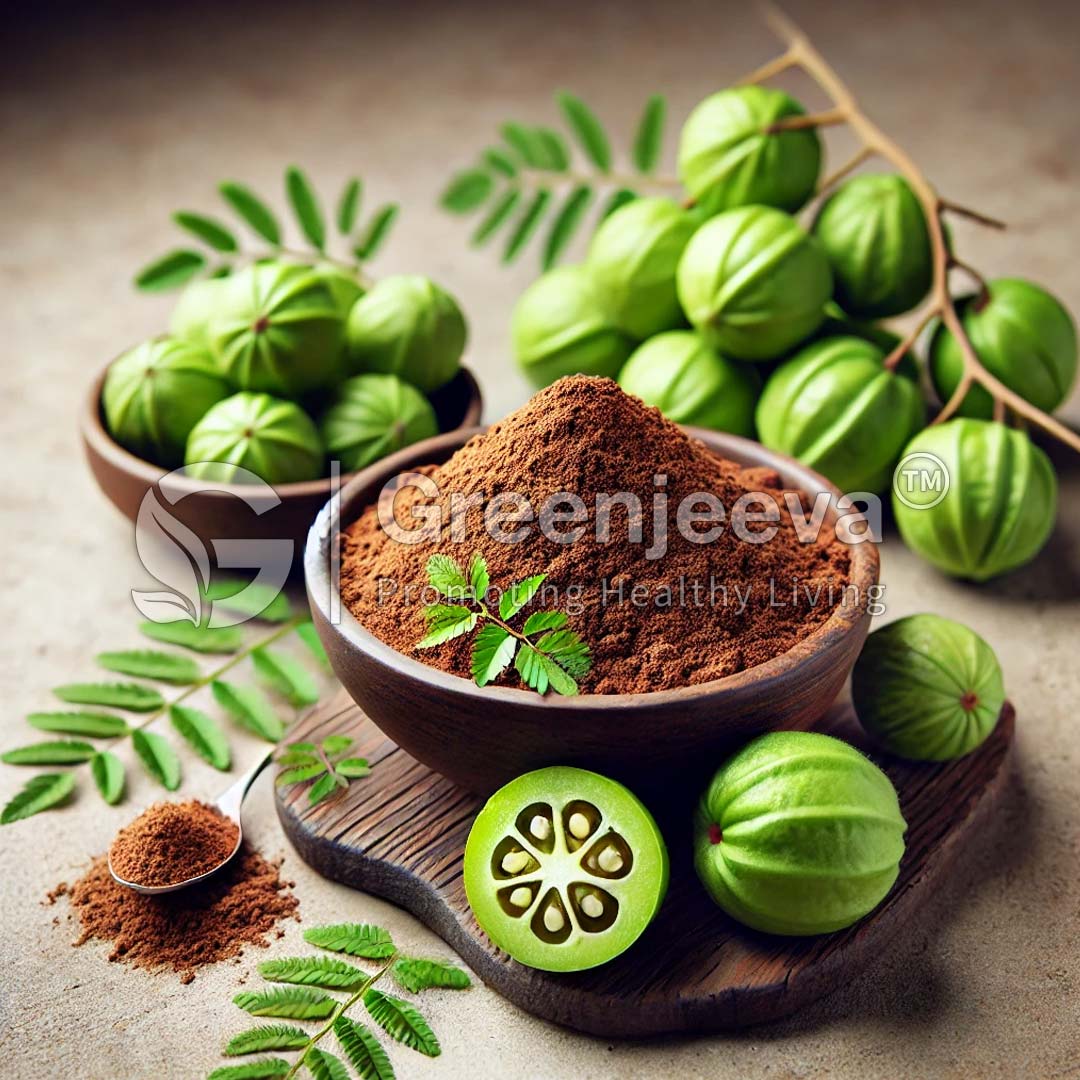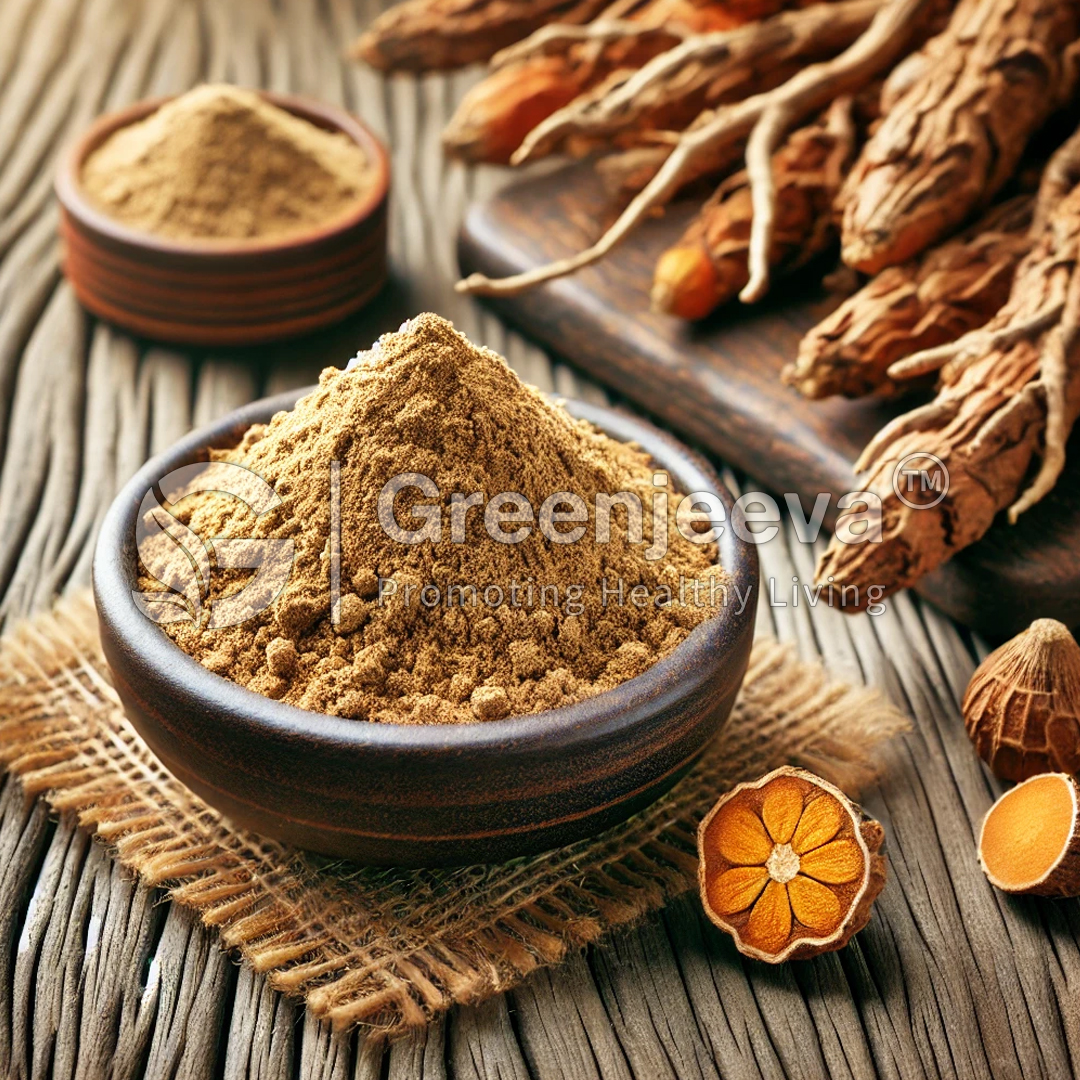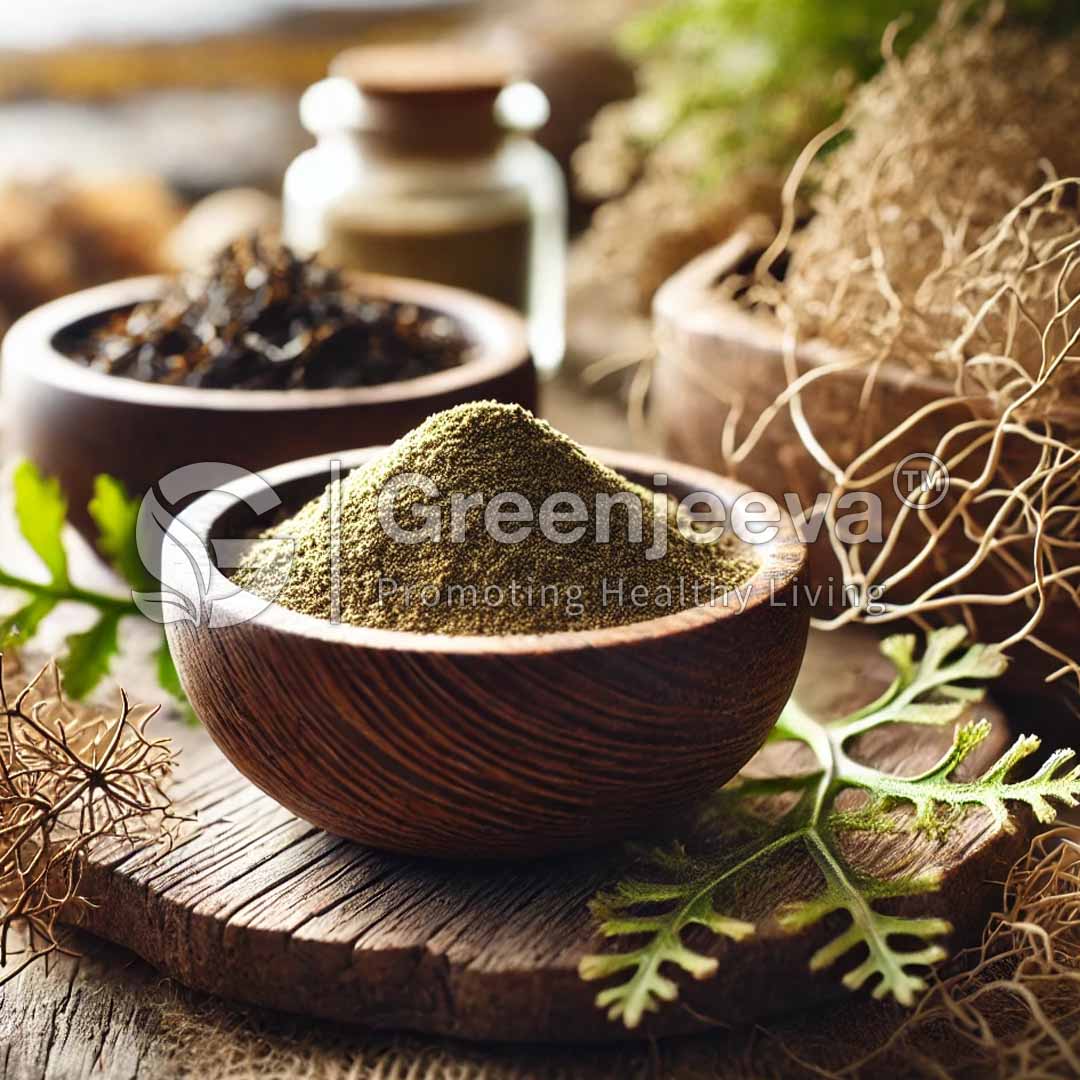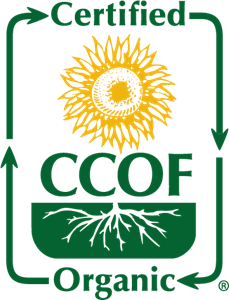Description
Description
Botanical Name: Phyllanthus emblica
Plant Part Used: Fruit
Processing Method: Extraction
Commonly known as Indian gooseberry, Amalaki belongs to the family Phyllanthaceae. Ellagic acid, chebulinic acid, gallic acid, chebulagic acid, apeigenin, quercetin, corilagin, leutolin are active componets of amla. It is a good source of vitamin C and is rich in antioxidants. It is a good source of vitamins and minerals like vitamin C, folates, niacin, pantothenic acid, pyridoxine, riboflavin, thiamin, vitaminA, potassium, calcium, copper, iron, magnesium, manganese, phosphorus, zinc. Amla has many health benefits.
- Product Type: Raw Material/Extract
- Product Category: Conventional
- Product Sub Category: Herbs-Spices-Seasonings
- Product Mix Category: Conventional Extract Powders
- Package Type: 25.00Kg



